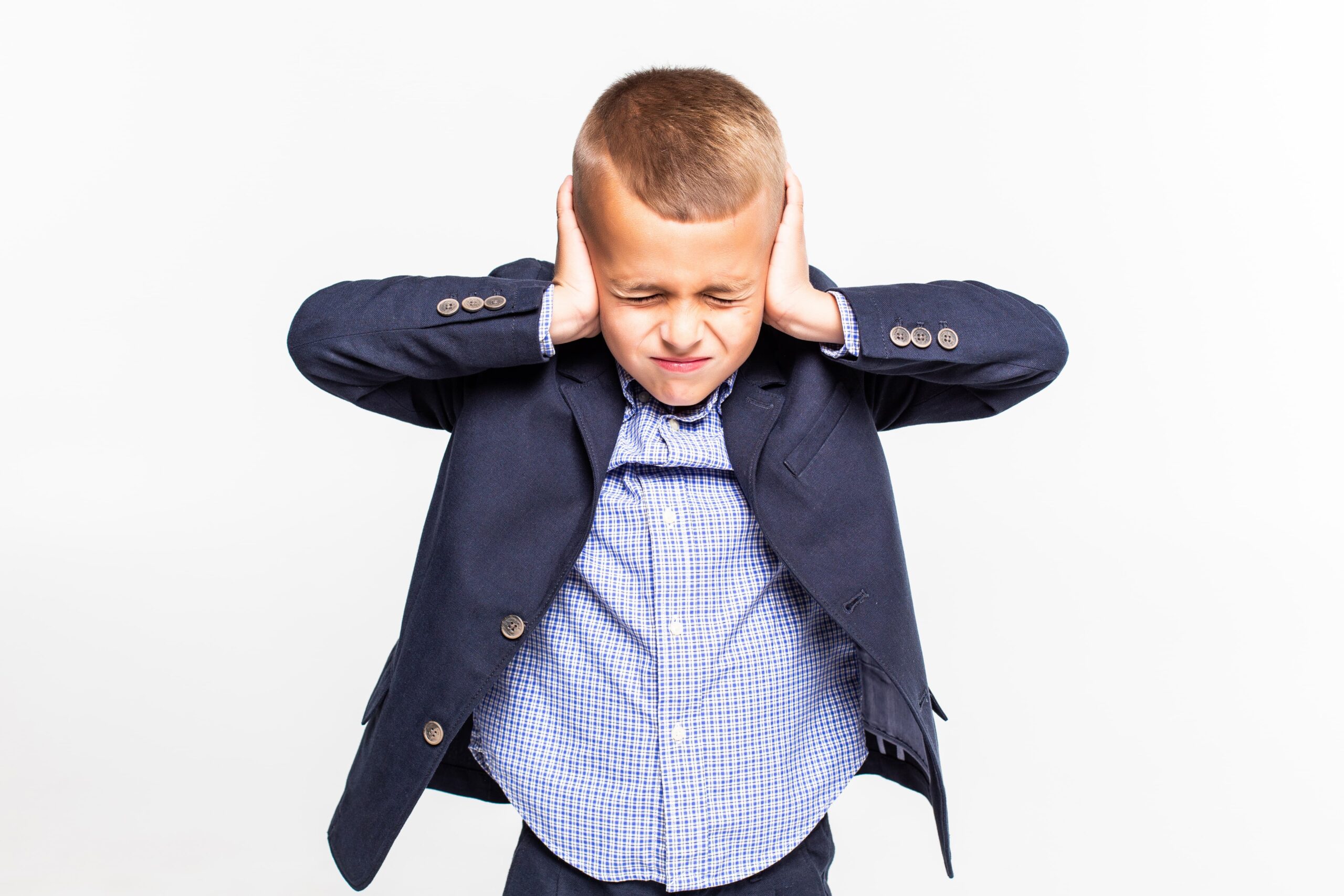Key Points:
- Vestibular input affects balance, coordination, and body awareness, which can impact behavior and development in autistic children.
- Children with autism may seek or avoid vestibular input, leading to hyperactive or withdrawn responses.
- Targeted sensory integration strategies, especially through ABA therapy, can help regulate vestibular needs and support daily functioning.
Research shows that approximately 80% of children with autism exhibit difficulties with movement and coordination, often linked to differences in vestibular processing. These challenges can impact balance, attention, and emotional regulation, making everyday tasks like climbing stairs or participating in play more difficult.
In this article, we’ll go over how vestibular input affects autistic individuals, explore common signs of vestibular dysfunction, and offer practical strategies for support at home and in therapy.
What is Vestibular Input in Autism?
Vestibular input refers to the sensory information the brain receives from movement and balance, and it can significantly influence how autistic individuals regulate emotions, focus, and behavior. This input comes from the inner ear and helps us understand how our body moves in space.
In children with autism, the vestibular system often functions differently, causing either hypersensitivity (avoidance) or hyposensitivity (seeking). These challenges can show up in daily life as poor balance, constant spinning, fear of swings or slides, or an overwhelming need for movement.
How Does The Vestibular System Affect Children With Autism?
The vestibular system is foundational to motor planning and body awareness. For a neurotypical child, vestibular input helps with posture, eye control, and calm alertness. But for autistic children, atypical vestibular processing can disrupt these functions and lead to sensory dysregulation.
Many children with autism show either vestibular-seeking behaviors (like spinning, jumping, or rocking) or avoidant behaviors (such as refusing to ride a bike or play on swings). This can lead to difficulties in physical coordination, attention control, and even emotional regulation.
How Does Vestibular Input Relate To Other Sensory Systems?
When vestibular input is off, it can throw off the whole sensory balance. The vestibular system doesn’t work alone. It interacts closely with other sensory systems, such as:
- Proprioception (awareness of body position)
- Visual processing (tracking and spatial orientation)
- Tactile input (touch and pressure sensitivity)
For example, a child may struggle to coordinate movements because their brain isn’t integrating balance, touch, and sight properly. This can affect everything from walking to writing to social engagement.
Signs Of Vestibular Dysfunction In Autistic Children
Vestibular challenges are often subtle and can be mistaken for behavioral issues or clumsiness. Knowing what to look for can help you identify whether your child might be struggling with vestibular input.
Here are common signs:
Frequent Spinning, Rocking, or Head Tilting
Repetitive movements may indicate a need for vestibular input or self-regulation through sensory stimulation.
Avoiding Playground Equipment Like Swings or Slides
Refusing to use motion-based equipment can signal vestibular hypersensitivity or fear of movement sensations.
Difficulty Climbing Stairs or Maintaining Balance
Struggles with coordination and balance suggest challenges in vestibular processing and motor planning.
Seeking Constant Movement
Excessive movement-seeking behavior may reflect under-responsiveness to vestibular input and a need for stimulation.

Why Do Some Children Seek Vestibular Input While Others Avoid It?
Each child with autism processes sensory information differently. A child who is hyposensitive to vestibular input may seek more movement because their brain isn’t registering normal levels of input. This child might crave spinning or bouncing activities to feel grounded.
Conversely, a hypersensitive child may experience movement as overwhelming, leading to fear or discomfort. Even simple activities like walking on uneven surfaces or taking an elevator can trigger anxiety. Understanding where your child falls on this spectrum is key to developing appropriate support strategies.
Practical Strategies to Support Vestibular Needs in Autistic Children
If your child shows signs of vestibular dysregulation, structured sensory strategies can help provide the right type of input. These should always be supervised by a therapist or caregiver.
Here are effective strategies to support vestibular input:
1. Use Movement Breaks
Short, scheduled movement breaks—like jumping, swinging, or spinning—help children regulate their vestibular needs and maintain focus, especially during structured tasks or transitions between activities.
2. Incorporate Balance Activities
Balancing tasks such as standing on one foot, walking a line, or using a wobble board strengthen body awareness and support vestibular input through controlled, purposeful movement.
3. Try Rhythmic Movement
Calming, repetitive motion—like slow swinging, rocking in a chair, or gentle dancing—can help soothe overstimulation and improve a child’s ability to self-regulate and remain emotionally grounded.
4. Add Movement to Learning
Integrating physical movement into academic activities, like spelling games that involve hopping or jumping, supports sensory engagement while enhancing memory, focus, and active participation in learning.
5. Set Up a Sensory Circuit
Create a structured path with stations for climbing, crawling, and spinning to provide varied vestibular input in a predictable, fun, and developmentally supportive way at home or school.
6. Avoid Overwhelming Environments
Limit exposure to rapid movement, flashing lights, and loud sounds, as these may overload the vestibular system and lead to meltdowns, anxiety, or withdrawal in sensory-sensitive children.

When Should You Seek Professional Help For Vestibular Concerns?
If you notice persistent signs of sensory distress, a professional evaluation is crucial. Occupational therapists (OTs) trained in sensory integration can assess vestibular function and design personalized activities to support your child’s sensory needs.
Indicators that it’s time to seek help include:
- Frequent meltdowns or shutdowns after movement activities
- Delays in motor milestones (e.g., walking, jumping, balancing)
- Poor coordination affecting daily tasks
- Avoidance of physical play or fear of heights
- Sensory-seeking behaviors that disrupt learning or safety
An OT can work alongside an ABA therapist to integrate sensory goals with behavioral support plans.
How Can ABA Therapy Address Vestibular Input Challenges?
While ABA (Applied Behavior Analysis) primarily focuses on behavior, it can be adapted to address sensory needs, including vestibular processing. ABA therapists can work with OTs to build behavior plans that incorporate movement activities as part of reinforcement, self-regulation, or skill-building routines.
With consistency, these supports can reduce distress, improve focus, and increase independence.
Help Your Child Navigate Challenges With ABA Therapy
Children on the autism spectrum deserve personalized support that takes every sensory need into account—including how they process movement and balance. At Steady Steps ABA, we understand how vestibular input can shape a child’s behavior, learning, and emotional well-being.
Our ABA therapy in Maryland integrates proven strategies with compassionate care, helping your child develop functional skills while honoring their sensory differences. We collaborate with families and therapists to build customized plans that work both in therapy and in everyday life.
Get in touch with us today to learn how we can support your child’s unique sensory journey with expert ABA therapy in Maryland.






